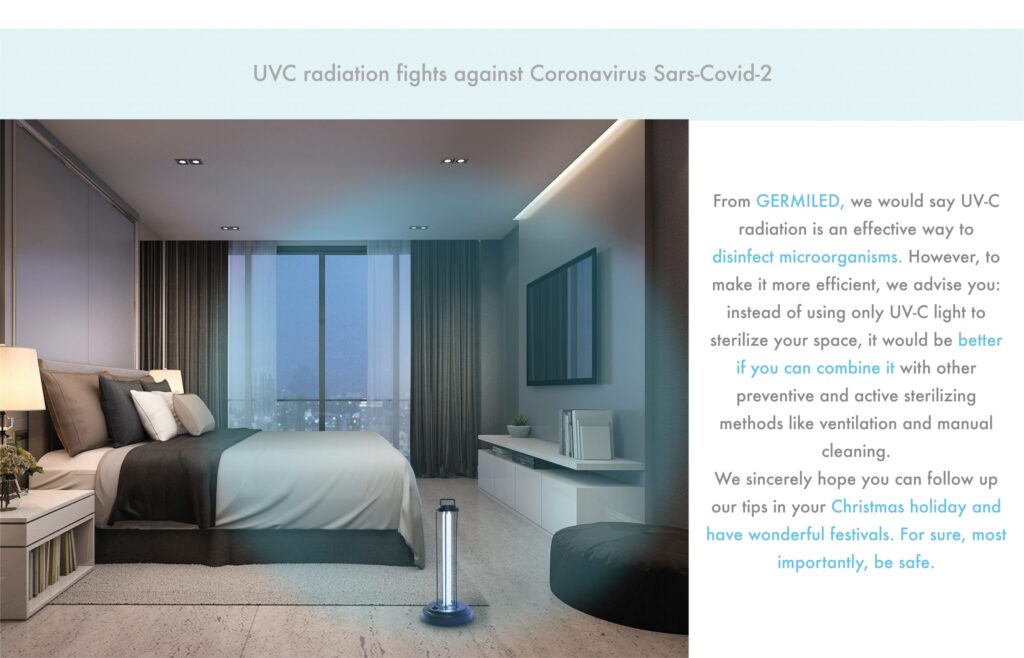The New England Journal of Medicine has published an experimental study to reveal the stability of coronavirus. This research has been carried out both in aerosol conditions and on various contaminated surfaces.
Result of this experiment shows the stability of suspension droplets could remain for at least up to 3 hours in the air and 3 days on the surfaces, although the capability of its infection depends on the density of viral particles.
The stability of coronavirus in aerosol conditions and on different contaminated surfaces will be activated from TCID 50, which is the dose of virus that proves capable of infecting 50% of tissue culture.
In order to study about their viability on different environmental conditions, researchers chose four materials for test: copper, steel, cardboard and plastic.
From the study, it was deduced that the virus could be capable of remaining infectious during:
-Copper: 3.48 hours
-Steel: 11.31 hours
-Carton: 14.98 hours
-Plastic: 20.52 hours
Then they found that virus was more stable on plastic than on the rest of the surfaces.
Finally, in the conclusion of this experiment, they allowed us to advise the use of UV-C light (a non-contact inactivation technology) as a reliable and widely acceptable germicidal disinfection method.
Our Table and Mini germicidal lamps, giving off this type light, have achieved to provide inhibition and inactivation of Covid-19. This virus, being of the type beta-cov, is the same as Sars-cov, is single-strained and has viral envelop. According to the research undertaken by Treng & Li (2007), virus of this type would be inactivated at 99 percent under a dose of 64w/s/m2. This means with an irradiation of 110uw/cm2, a figure that our germicidal lamps could reach up to, at a distance of 1 meter, it would take around 1 minute to disinfect a surface of 1 meter.
In conclusion, the radiation UV-C of our germicidal lamps emit could inhibit Covid 19. However, the response to this virus has something to do with the dose of UV-C light and the density of virus.
At last, we would like to mention that in a low-level contaminated space, which corresponds to a closed ambient, with a 0.05 Multiplicity of Infection (MOI), if applied a dose of 3,7MJ/CM2 UV-C light, there would not a replica of virus to be produced.
From GERMILED, we would say UV-C radiation is an effective way to disinfect microorganisms. However, to make it more efficient, we advise you: instead of using only UV-C light to sterilize your space, it would be better if you can combine it with other preventive and active sterilizing methods like ventilation and manual cleaning.
We sincerely hope you can follow up our tips in your Christmas holiday and have wonderful festivals. For sure, most importantly, be safe.

